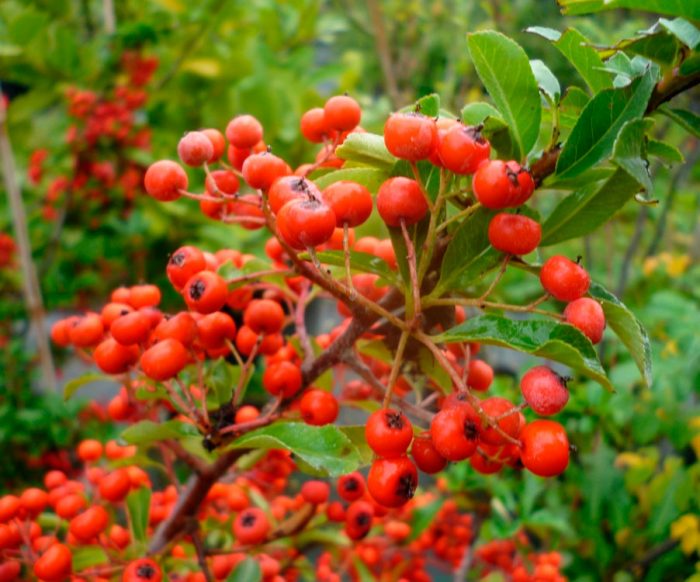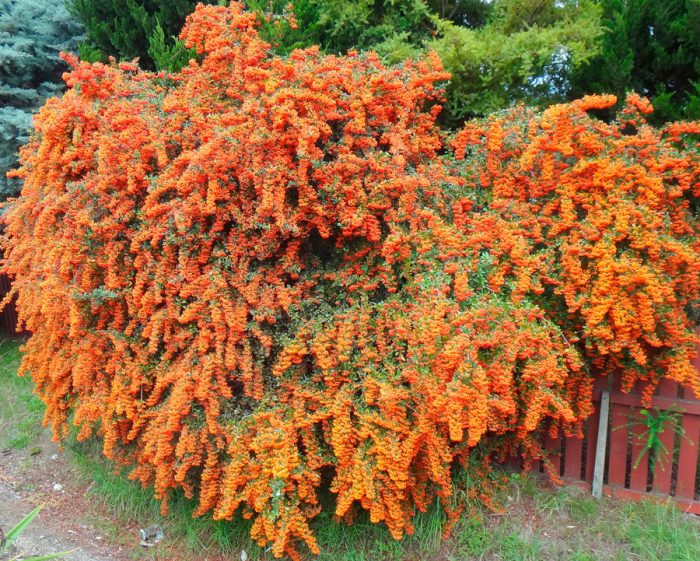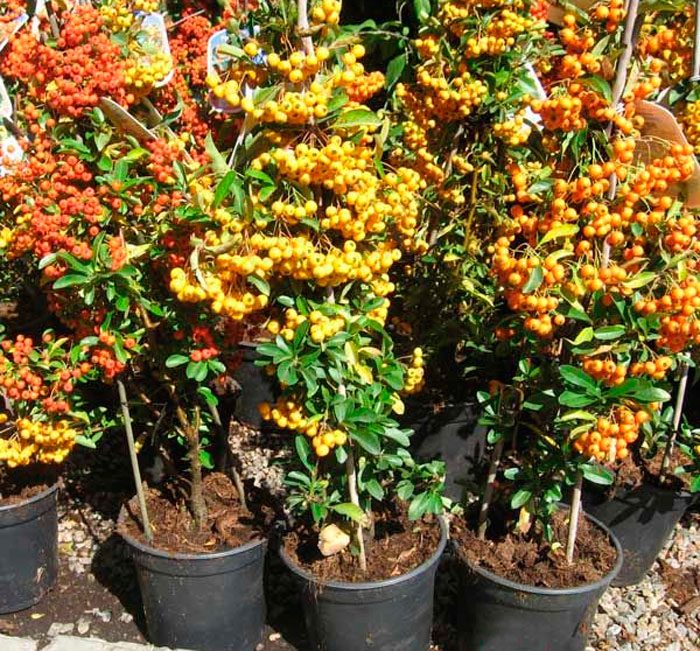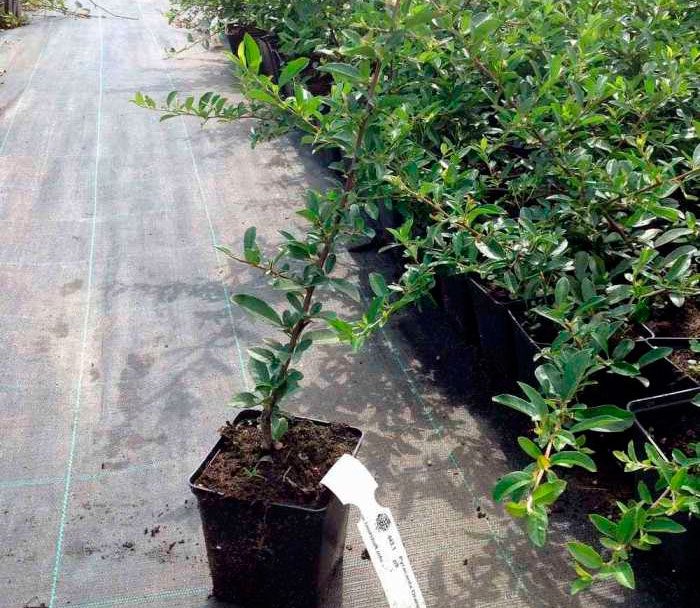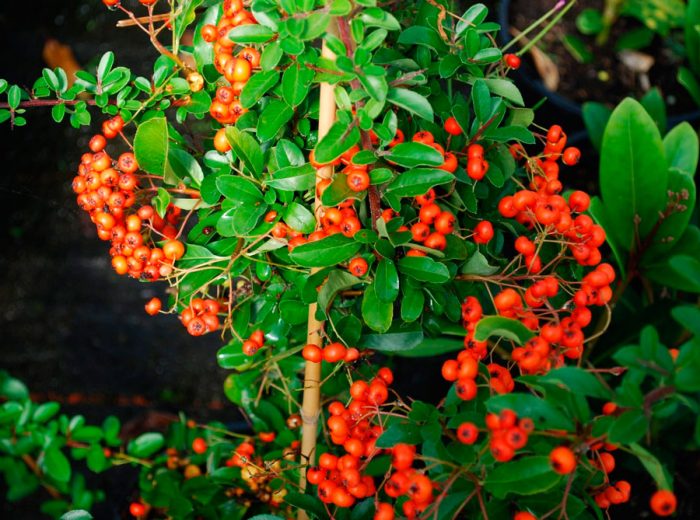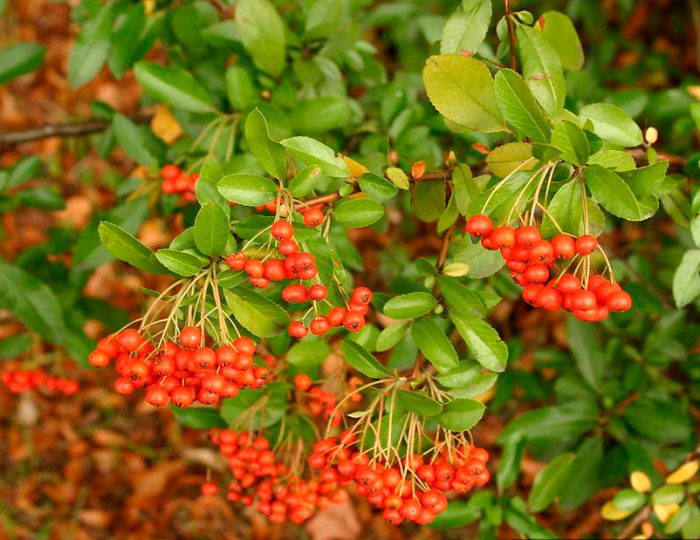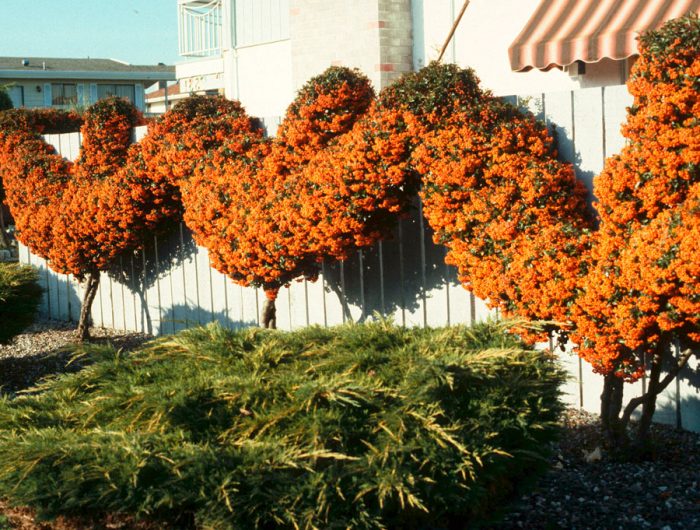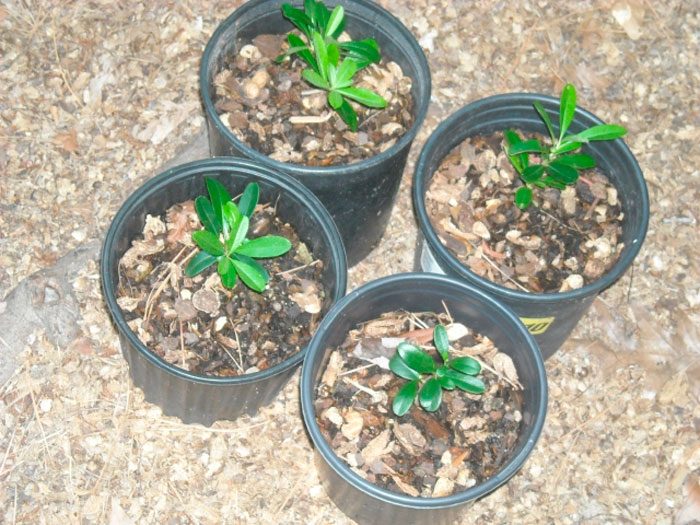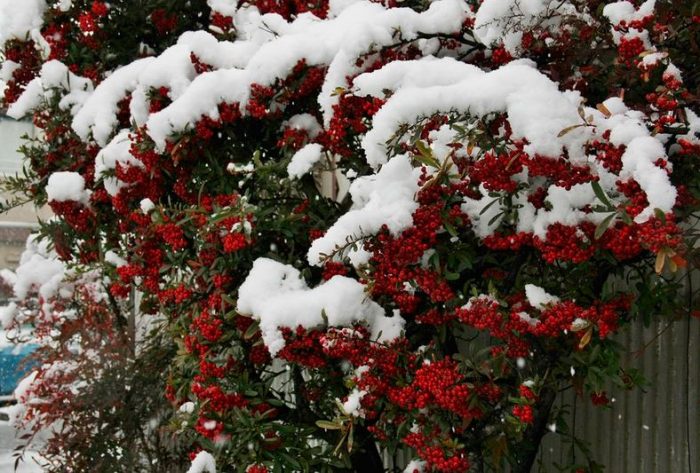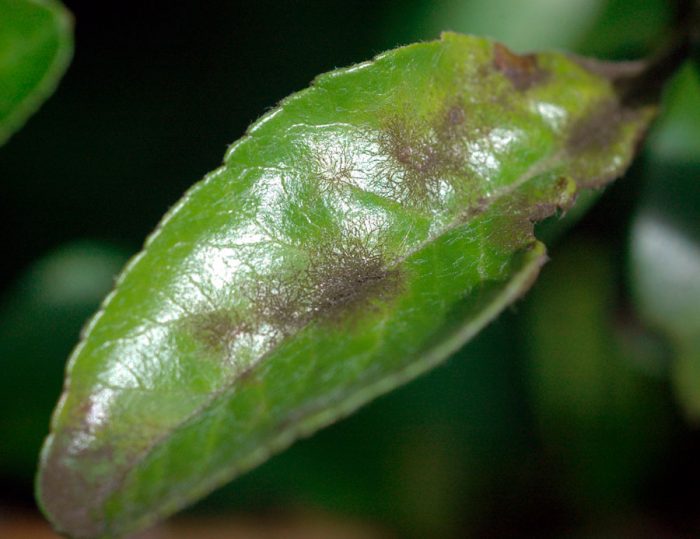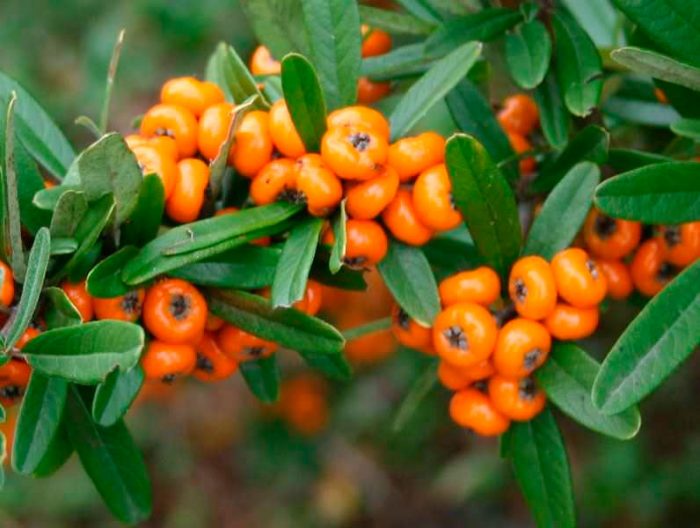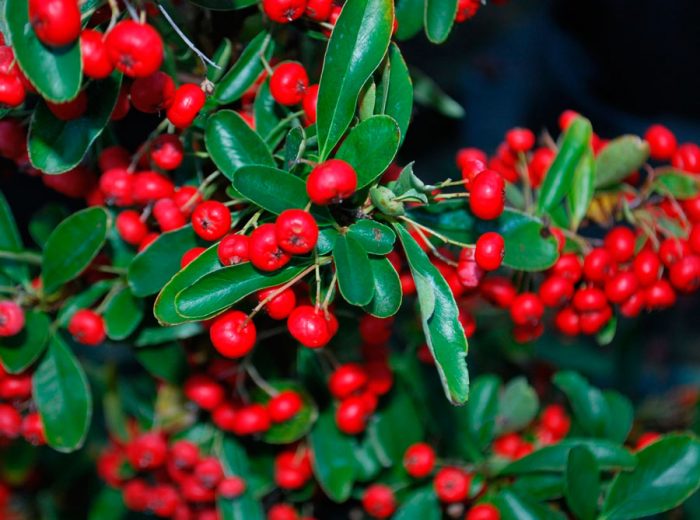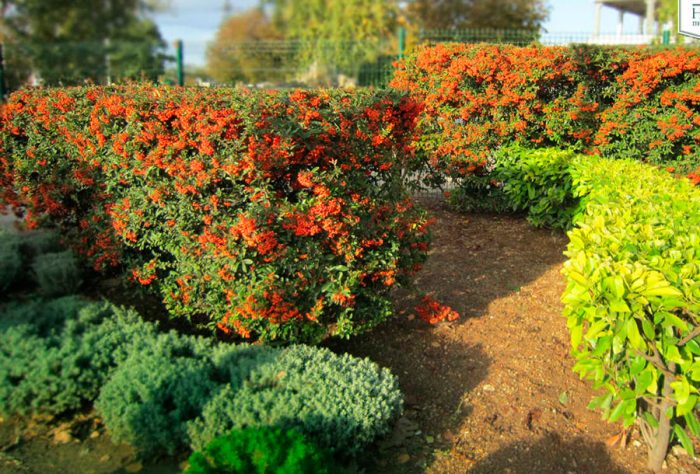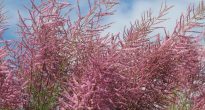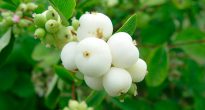The spiny evergreen shrub Pyracantha is a member of the Rosaceae family. In nature, such a plant is found in the southern part of Europe and in Southeast Asia. The name "pyracantha" comes from a pair of Greek words translated as "fire" and "thorn". If you translate the name of this genus, you get "thorny plant with fiery red fruits", or "fiery thorn". This genus unites 6–7 species. Such a shrub is cultivated as an ornamental plant, which is not resistant to frost. Only some hybrid varieties of such a plant are able to withstand a drop in air temperature to minus 20 degrees.
Content
Features of pyracantha
Pyracantha is a shrub that can be upright or spreading. In height, it can reach 6 meters, and outwardly it has a lot of similarities with certain types of cotoneaster. On the surface of the stems are rare rather long thorns. Serrated leaf blades are evergreen. The composition of corymbose inflorescences includes white flowers. The fruit is a small berry-like apple of red or yellow color. Thanks to these fruits, this plant used to be part of the Yablonevye subfamily, but later it was moved to Spireyne.
The decorativeness of this shrub lies in the fact that it blooms magnificently and bears fruit abundantly. The lush blooming bushes are attractive to bees, and the fruits of this plant are pecked by birds.
Landing pyracantha in open ground
What time to plant
If you need to grow a species pyracantha, then this can be done in a generative (seed) way. To do this, you need to make a sub-winter sowing. Sowing seeds, if desired, is carried out in the spring, however, in this case, the seed will need preliminary stratification. To do this, the seeds are placed on the vegetable shelf of the refrigerator for 6–8 weeks.
The easiest way to propagate is to buy a ready-made seedling with a closed root system in early spring. This can be done in a specialized store or in a garden pavilion.These seedlings are distinguished by the fact that they are fully adapted to the conditions of the area and have a relatively high frost resistance. Before purchasing a seedling, it is necessary to thoroughly examine it. The plant should not be injured or show symptoms of disease or pests. Examine the soil mixture in the container; it must be moist, clean and free of a moldy smell. Experienced gardeners recommend choosing those varieties that are more winter hardy and less demanding on care and growing conditions, for example, you can purchase varieties of narrow-leaved pyracantha or bright red.
You should not buy seedlings in the autumn, since after planting in open soil in the winter they will die. Planting a seedling is carried out in the spring, immediately after the soil thaws.
Landing rules
Such a plant is thermophilic and develops and grows best on the southern slope, which has good protection from the cold wind. In this case, both a shaded and a sunny area are suitable, however, it should be noted that under the scorching rays of the sun, the foliage on the bush will turn yellow. The lowlands are not suitable for growing such a crop, since in spring there is melt water and cold air for a long time, which has a detrimental effect on the plant.
Almost any soil for growing pyracantha is suitable, but before starting to plant a seedling, the site should be carefully prepared. Approximately 7 days before planting, the plant is digging the site to a depth of 0.35 to 0.4 m, while humus should be added to the soil (for 1 square meter of the site from 5 to 8 kilograms). After that, the surface of the site must be leveled.
The planting hole in size should be a couple of times larger than the volume of the plant's root system, which is taken along with a lump of earth. When creating a hedge between the bushes, a distance of about 0.6–0.9 m must be observed. The bottom of the prepared pit must be loosened, and then a good drainage layer must be made, for this you can use fine gravel or coarse-grained river sand. After that, approximately in the center of the pit, you need to install a stake by driving it into the soil in such a way that it rises about 50 centimeters above the surface of the site. Around the support with a mound, it is necessary to pour soil connected with humus.
The plant in the container must be watered abundantly, then it is carefully pulled out of the container along with a lump of earth and set on a mound in the hole. When the roots are neatly straightened, the hole must be gradually covered with soil, which must be tamped down with your hands. Around the planted plant, you need to make a circular trench into which 10-15 liters of water are poured. After all the liquid is absorbed into the soil, and it settles, the bush will need a garter to the support, after which the surface of the trunk circle is covered with a layer of mulch (dry peat).
Caring for a pyracantha in the garden
Growing a pyracantha in your garden is easy enough. The shrub should provide timely watering, weeding, feeding and loosening the surface of the trunk circle. In order to significantly reduce the number of weeding, watering and loosening, the surface of the trunk circle is covered with a layer of mulch (organic matter). It should be remembered that this plant needs mandatory pruning.
How to water
Such a crop is resistant to drought, and therefore does not need systematic watering. But if the plant is planted in open soil very recently, then until it takes root, it should be provided with regular watering. The established bushes should be watered only in the hot dry period, while this should be done no more than 1 time in 7 days. If the plant lacks water, then its foliage becomes sluggish, and the shoots begin to turn yellow and become too soft.To exclude the spreading of water over the site during irrigation, it should be poured into a prepared trench dug along the perimeter of the trunk circle. It should be noted that the deeper the soil is saturated with water during irrigation, the better. When the bush is watered, it is necessary to well loosen the surface of the trunk circle, and also remove all weeds.
Top dressing
Often it is not necessary to feed such a plant. The first feeding is carried out at the beginning of the intensive growth of the bush; for this, a complex mineral fertilizer with a low nitrogen content is used. The same feeding is carried out in the last summer weeks.
Transfer
Shrub transplant is performed in the same way as the primary planting. First you need to prepare a planting pit, which should be a couple of times larger than the estimated size of the root system, taken together with a lump of earth. After that, a bush is removed from the ground and placed in a prepared hole. It should be remembered that the transplanted plant must be provided with systematic, frequent and abundant watering, which will help the pyracantha to take root in a new place as soon as possible.
Pruning
Such a shrub needs systematic formative pruning. Pruning can be done throughout the season. However, experienced gardeners recommend cutting the bush for the first time in the middle of spring, the second time in the middle of autumn, and the last time in late autumn, practically in the first winter weeks. It should be understood that pyracantha and sea buckthorn need to be grown and pruned in different ways, despite the fact that these plants have external similarities.
When the bush fades in spring, you should prune it at your discretion. So, if you wish, you can not cut out part of the inflorescences, after a while decorative berries grow on them. When pruning, it should be remembered that the formation of fruits and flowers is observed only on those stems that are more than 1 year old. The second time the bush should be cut in the middle of the autumn period, while it is necessary to cut out all those stems and branches that thicken the bush or shade the ripening apples, which begin to rot from this. The last pruning for the season is carried out in late autumn, while all excess stems, branches and foliage must be cut out. During pruning at any time of the year, the stems must not be shortened more than 1/3 of the length.
If the shrub is already old, it will need anti-aging pruning, for this the bush is shortened to 0.3 m relative to the surface of the site. Remember to carry out the pruning with very heavy gloves protecting your hands, as the pyracantha has many thorns. This plant can be used to decorate the wall of a building; for this, the stems must be directed along the supports in the required direction, and do not forget to fix them. In this case, pruning to the bush may not be necessary at all.
Breeding pyracantha
For propagation of such a plant, you can use seeds or green cuttings. You can make podzimny or spring sowing of pyracantha seeds. Before sowing seed in the spring, it must be stratified. But it should be noted that plants grown from seeds cannot preserve the varietal characteristics of the parent plant.
Most gardeners prefer to propagate such a shrub vegetatively, or rather, cuttings or layering. With this method of reproduction, it will be possible to preserve the varietal characteristics of the mother plant. Such a culture can be propagated by lignified or green cuttings, while the latter give roots much faster. Cuttings are harvested in the spring during pruning. To do this, cut branches are taken, reaching a length of 15 to 20 centimeters. All leaf plates must be removed from the lower part of the cutting, then the lower cut must be immersed in a solution of an agent that stimulates root growth.After that, they are planted at an angle in moistened sand, while on top of the container should be covered with a cap, which must be transparent. Provide regular airing and watering for the cuttings. After about 20 days, the cuttings will have to take root, but they will need to be grown in greenhouse conditions for 12 months, and only with the onset of the next spring period, the grown plants can be planted in open soil. To create a hedge, seedlings from cuttings are grown in greenhouse conditions for two years.
If there is already an adult shrub in the garden, then it is easiest to use layering for its reproduction. To do this, in the spring, you should choose several powerful, completely healthy and low-growing stems. Under the plant, it is necessary to make the required number of grooves, into which the selected shoots are then laid, only their tops should rise above the soil surface. After the stems are fixed in the grooves, they need to be covered with nutritious soil. Throughout the season, the layers should be regularly watered and weeded; for the winter, they should be covered with a layer of fallen leaves. With the onset of spring, the layers must be cut off from the parent bush and transplanted to a new permanent place.
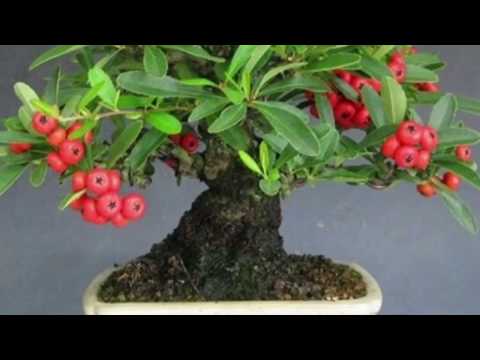

Watch this video on YouTube
Wintering
Some of the species of this plant have a fairly high frost resistance. For example, the narrow-leaved pyracantha grown in the Moscow region and Moscow is capable of wintering in the open field. However, in order to protect the plants from possible severe frosts and little snowy winters, the surface of the trunk circle must be covered with a sufficiently thick layer of loose leaves. If during wintering the plant suffers from frost and freezes to the root collar, then the protected roots will remain intact and the shrub will quickly recover in spring, but do not forget to cut out all damaged branches and stems during the first pruning.
Diseases and pests
Pyracantha has a fairly high resistance to diseases and pests. Quite rarely, aphids settle on such a shrub. And most often this happens if the plant is too weak due to improper care or violation of the rules of agricultural technology. Immediately after the aphid is found on the bush, it must be sprayed with a solution of an insecticidal preparation; this should not be postponed until later, because insects multiply quickly and can settle on neighboring plants or infect the pyracantha with an incurable disease.
Such a culture is also susceptible to infection with a bacterial burn, which is considered an incurable disease. In this regard, experienced gardeners recommend growing only those varieties that are resistant to this disease. Such a shrub can also infect a scab or late blight, and this also happens due to the fact that the plant is poorly looked after or the rules of agricultural technology of this culture are not followed. The plant can be cured with a solution of a fungicidal preparation, for example, Fundazole.
Types and varieties of pyracantha with photos and names
In the middle latitudes, only 2 species of pyracantha are cultivated.
Narrow-leaved pyracantha (Pyracantha angustifolia)
This plant comes from Southwest China. The height of such an evergreen shrub is about 400 cm, there are thorns on the branches. The length of the narrow leaf plates is about 50 mm, they have a reverse lanceolate or oblong shape, their base is wedge-shaped, and the apex is pointed. The upper part of the leaves can be serrated or whole-edged. Young foliage has pubescence on the front surface. Mature plates are bare, and on their seamy surface there is a light gray pubescence. Corymbose inflorescences consist of white flowers, which reach 0.8 cm in diameter. Globular, slightly pressed fruits reach 0.8 cm in diameter, as a rule, they have a rich orange color.This species has a fairly high resistance to frost. Popular varieties:
- Orange Glow... The height of an erect bush is about 250 cm, its branches are relatively sparse. The foliage is green; if the winter months are warm, it stays on the bush. Such a shrub blooms in May. The rich orange fruits are round in shape.
- Golden Charmer... This variety is distinguished by its rapid growth and arched stems. The height of the bush is about 300 cm. The plant blooms in May with thick corymbose inflorescences, consisting of white flowers. The diameter of the orange apples is about 10 mm. This variety is resistant to drought and urban air pollution, but if there are severe frosts in winter, the bush may freeze.
Pyracantha bright red (Pyracantha coccinea)
Originally such a species from the southern part of Europe and from Asia Minor, this shrub prefers to grow on the edges, clearings and in light forests. A wide-spreading bush has a height of up to two meters, often its lower stems creep along the surface of the ground. The length of the glossy leathery leaf plates is about 40 mm; they have an oblong-elliptical or lanceolate shape. In the spring and summer, the foliage has a dark green color, and in the fall, it is deep red. The flowers are colored yellow-pink or white. Coral-red globular apples reach 60 mm in diameter. This plant is resistant to drought, but its frost resistance is relatively low, therefore, in preparation for winter, it must be covered without fail. The fruits of such a shrub can be eaten, in any case, birds are happy to eat them in the cold season. Popular varieties:
- Red Column... This variety is quite popular with gardeners. The height of the bush is about 300 cm. The flowers are small and painted white, they are part of the umbrella-shaped inflorescence. The deep red apples are small.
- Red Cash... The height of such a semi-evergreen shrub is about 200 cm. The stems are elastic and straight. Fruit color is bright red.
They also cultivate such species as: scarlet pyracantha and crenate pyracantha. However, they are grown in middle latitudes exclusively at home, since they have a very low frost resistance.
Pyracantha in landscape design
Pyracantha is quite popular among gardeners for its lush, long flowering, as well as spectacular berries. Such a shrub is suitable for a hedge, because it looks very impressive and grows quite densely, and it also has thorns that will not let uninvited guests through. Even in the middle of winter, the fruits and foliage do not lose their rich color, in this regard, such a shrub is perfect for decorating various buildings and walls, but you need to remember that the shoots should be guided along the support and fixed, since they will not do this on their own. Despite this, such a culture is an ideal option for vertical gardening.
This shrub can be grown in small groups or as a single plant. It is suitable for decorating curbs, decorating rocky slides, as well as creating a background for mixborders. This plant has an unusual property to remember the position relative to the support. So, if the support is removed, then the bush will retain its usual shape. Such a shrub is often used to form bonsai, it looks very impressive as a tree with several or one stem or in the form of a cascade.

